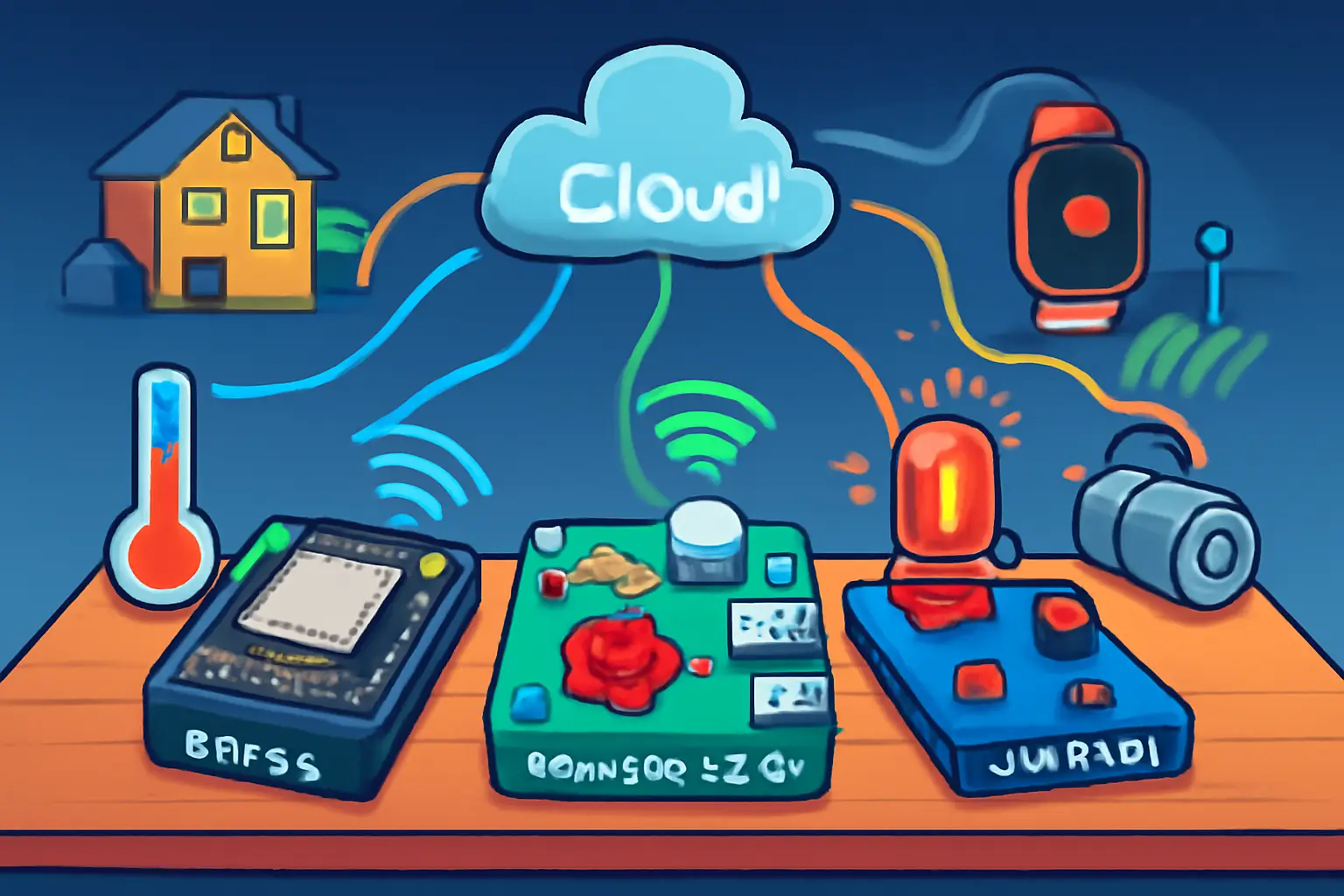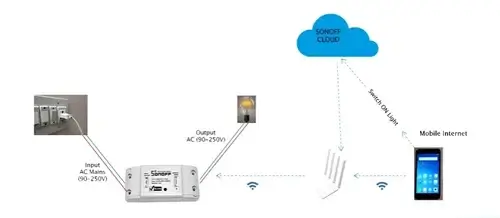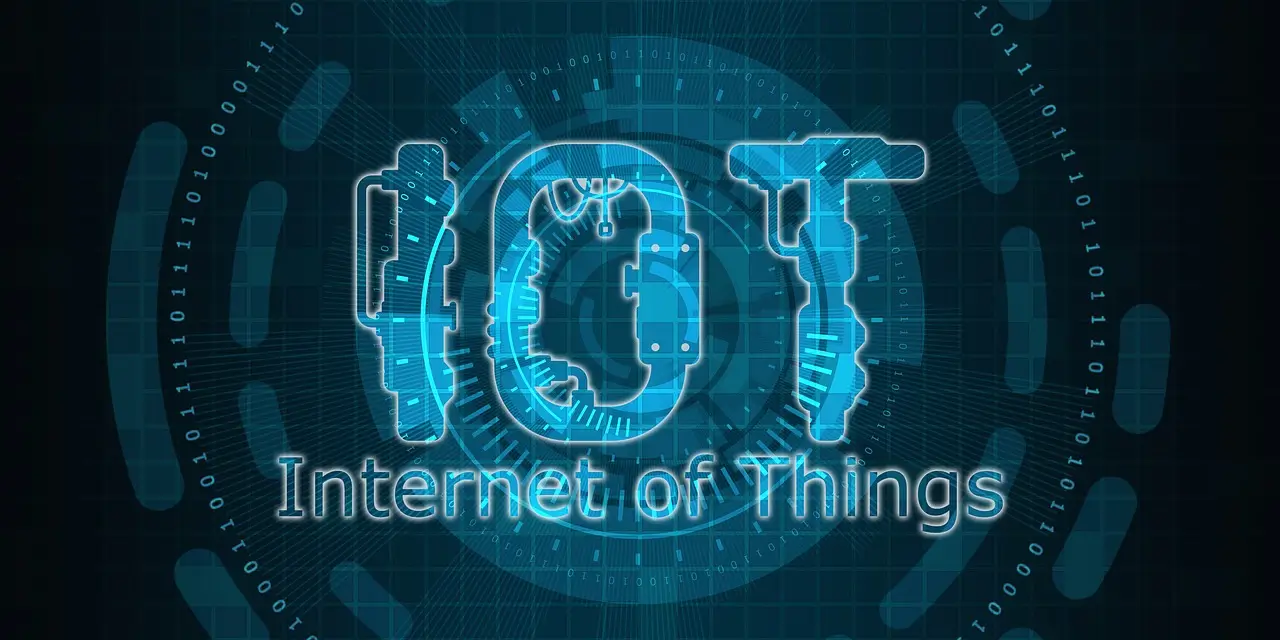you are looking to an build an IoT project? Awesome! Thats Why you are here.
But before you dive in, let's talk about the heart of your project—the IoT board.
I've been tinkering with these little guys for years, and let me tell you—not all boards are created equal. Some will make your life easy, while others will have you questioning your life choices at 3 AM.
This is real talk from someone who's burned out chips, fried sensors, and spent way too much time debugging why a $2 Wi-Fi module won't connect.
Let's break it all down—no fluff, just the good stuff.
1. The Brain: Microcontroller vs. Microprocessor
Every IoT board has a "brain." But not all brains work the same way.
Microcontrollers (MCUs) – The Simple, Efficient Choice
Think: ESP32, Arduino Uno, STM32
Best for: Projects that need low power, real-time control (like sensors, wearables).
Why? They're cheap, easy to program, and sip battery like a fine whiskey.
Downside: Limited processing power. Don't ask them to run a full OS.
Microprocessors (MPUs) – The Powerhouses
Think: Raspberry Pi, BeagleBone
Best for: Complex tasks (like video streaming, AI, or running a web server).
Why? They have full OS support (Linux, Python, Docker—yes, really).
Downside: They guzzle power and need cooling if pushed hard.
🔹 Pro Tip: If you're just starting, grab an ESP32. It's cheap, powerful, and has Wi-Fi + Bluetooth built-in.
2. Wireless Connectivity – How Your Board Talks to the World
No wires? No problem. But picking the right wireless tech is crucial.
| Type | Best For | Range | Power Use |
|---|---|---|---|
| Wi-Fi | Smart home, cloud apps | Medium (~100m) | High |
| Bluetooth | Wearables, short-range | Short (~10m) | Medium |
| LoRa | Long-range, low-power | Kilometers! | Ultra-low |
| Cellular | Remote monitoring | Everywhere (with signal) | High |
🔹 Fun Fact: LoRa is magic for farming sensors. Imagine tracking soil moisture miles away on a single AA battery.
🔹 Watch Out: Wi-Fi is easy... until your board refuses to connect. Always check antenna placement.
3. Memory – Where Your Code & Data Live
Running out of memory is like hitting a brick wall at full speed. Here's what matters:
Flash Memory (Where Your Code Lives)
Arduino Uno: 32KB (tiny, but fine for simple stuff).
ESP32: 4MB+ (enough for OTA updates and complex logic).
Raspberry Pi: Uses microSD (basically unlimited).
RAM (Temporary Workspace)
ESP32: 520KB (enough for most tasks).
RPi Pico: 264KB (tight for big projects).
🔹 Pro Tip: If you're logging sensor data, add an SD card slot. Running out of space sucks.
4. Power Management – Keeping the Lights On
Nothing kills a project faster than dead batteries. Here's how to avoid it:
Voltage Regulation
Most boards run at 3.3V or 5V.
Cheap boards sometimes have noisy power—add a capacitor if things get glitchy.
Battery Options
LiPo: Great for portable projects (use a TP4056 charger).
AA/AAA: Simple, but bulky.
Solar: Fun, but needs a good charge controller.
🔹 Pro Move: Use deep sleep mode to extend battery life from days to months.
5. GPIO Pins – Where the Magic Happens
These pins let you connect sensors, buttons, motors, and more.
| Pin Type | What It Does | Example Uses |
|---|---|---|
| Digital | Reads switches, controls LEDs | Buttons, Relays |
| Analog | Measures variable voltage | Temp sensors, Potentiometers |
| PWM | Simulates analog output | LED dimming, Motor control |
| I2C/SPI | Talks to multiple devices | OLED screens, Sensors |
🔹 Watch Out: Some pins can't be used together (check the datasheet!).
6. Built-in Sensors (Because Why Not?)
Some boards come with freebies:
- ESP32-CAM: Has a camera (great for security cams).
- BME280: Measures temp, humidity, pressure.
- MPU6050: Tilt/motion sensing (good for drones).
🔹 Reality Check: Onboard sensors are convenient but not always precise. For serious projects, use external ones.
7. Security – Don't Get Hacked!
- Encryption (AES, SSL): Scrambles data so hackers see gibberish.
- Secure Boot: Stops malware from loading.
- OTA Updates: Lets you patch security holes remotely.
🔹 Pro Tip: If you're sending sensitive data (like medical info), get a board with a security chip.
8. Debugging – Because Things Will Break
- Serial Monitor: Your best friend for printing debug messages.
- JTAG/SWD: For when your code crashes in mysterious ways.
- Logic Analyzer: Helps when timing issues drive you nuts.
🔹 True Story: I once spent 8 hours debugging a sensor... only to realize I'd wired it backward.
9. Antennas – Because Signal Matters
- PCB Antenna: Works fine indoors.
- External Antenna: Needed for long-range or metal-heavy environments.
🔹 Pro Move: A $5 antenna can double your Wi-Fi range.
Final Board Recommendations
| Board | Best For | Why? |
|---|---|---|
| ESP32 | Wi-Fi + Bluetooth | Cheap, powerful, tons of support |
| RPi Pico W | Battery projects | Super low power, Wi-Fi included |
| Arduino Nano 33 IoT | Secure sensors | Built-in encryption |
| STM32WL | Long-range (LoRa) | Sends data for miles |
Final Thoughts
- Start simple. Blink an LED before building a smart city.
- Expect failures. My first IoT project was a "smart" plant monitor. It spammed me with emails until I unplugged it.
- Ask for help. Forums like Reddit's r/esp32 and Stack Overflow saved me countless times.
Now go build something awesome—and don't let the magic smoke out!




